Media Journal Analysis: Masculinity, Mental Health, and Ideology
VerifiedAdded on 2023/05/26
|6
|1086
|201
Homework Assignment
AI Summary
This media journal assignment analyzes an article from The Guardian discussing the impact of hegemonic masculinity on men's mental health. The analysis, drawing on Judith Butler's concept of gender as a social construct, explores how societal expectations of masculinity, such as stoicism and strength, contribute to mental health issues. The assignment examines the concepts of ideology, hegemony, and exnomination, highlighting how these forces shape societal norms and influence media representations. The analysis identifies stereotypes in media, particularly in music videos and advertisements, and discusses how these representations reinforce the pressure on men to conform to specific masculine traits. The journal also explores the importance of acknowledging and expressing emotions for mental well-being, advocating for a broader recognition of mental health issues among men and a shift away from traditional, harmful stereotypes. The student references various sources, including academic papers and articles, to support the analysis.
1 out of 6
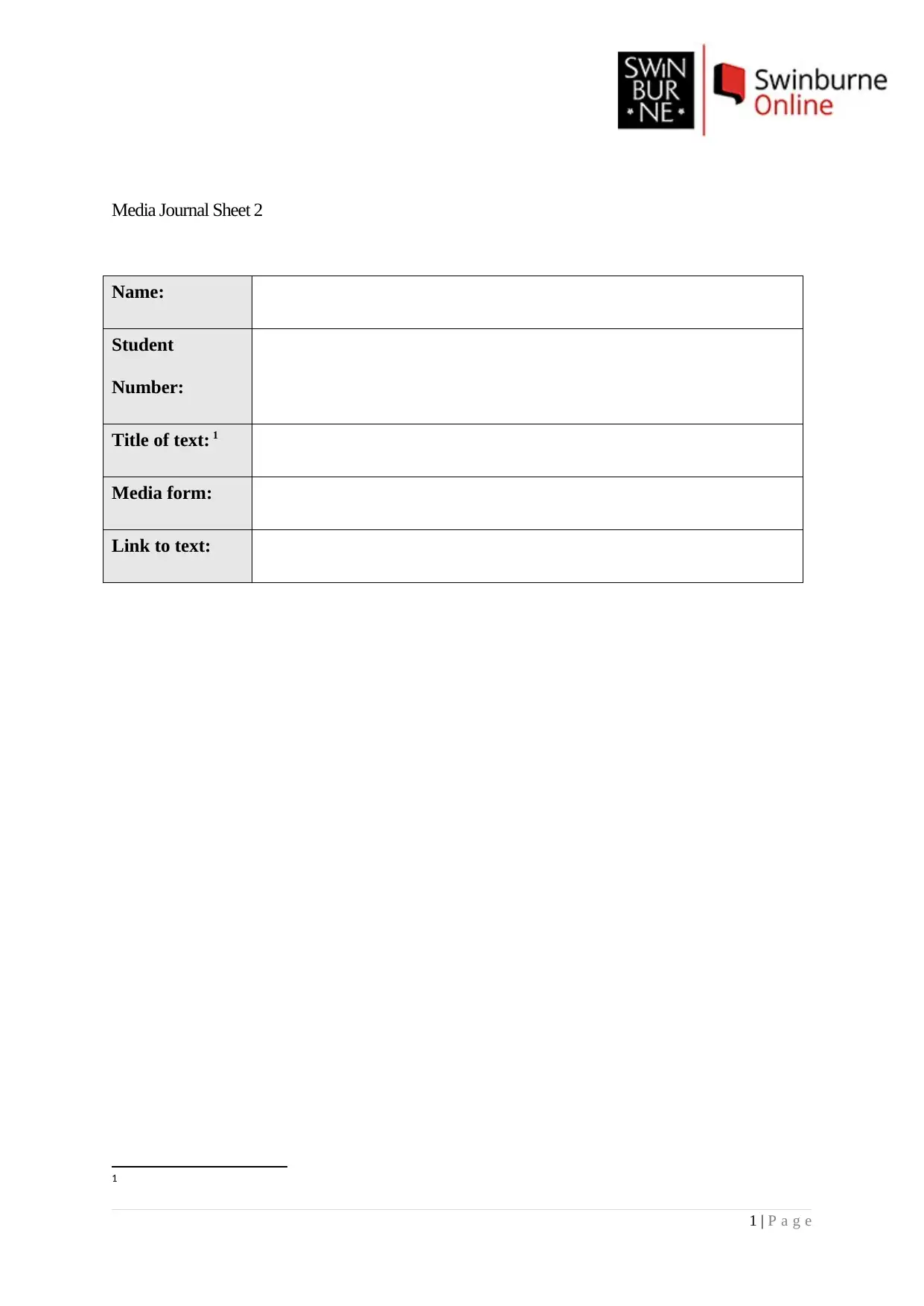

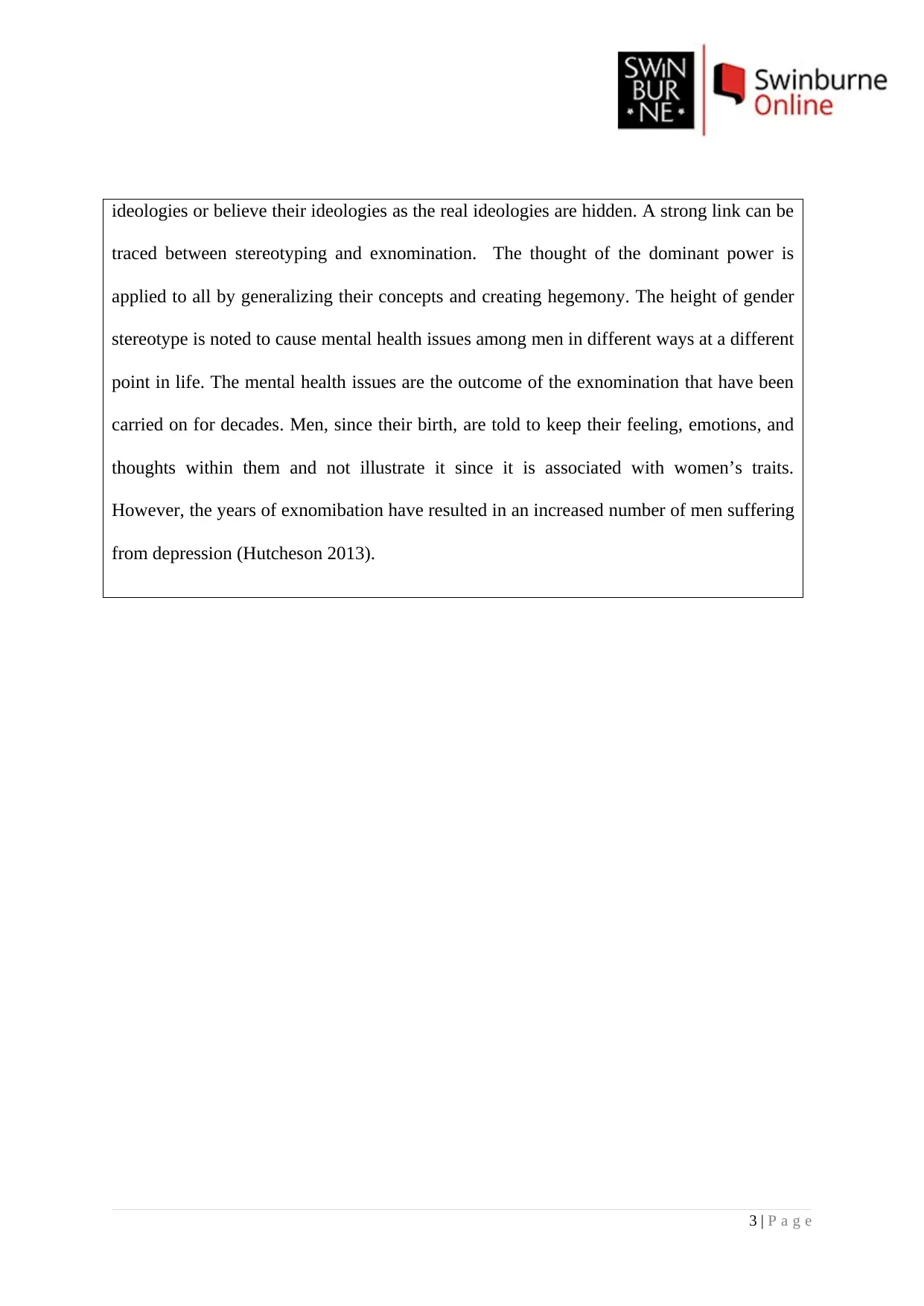

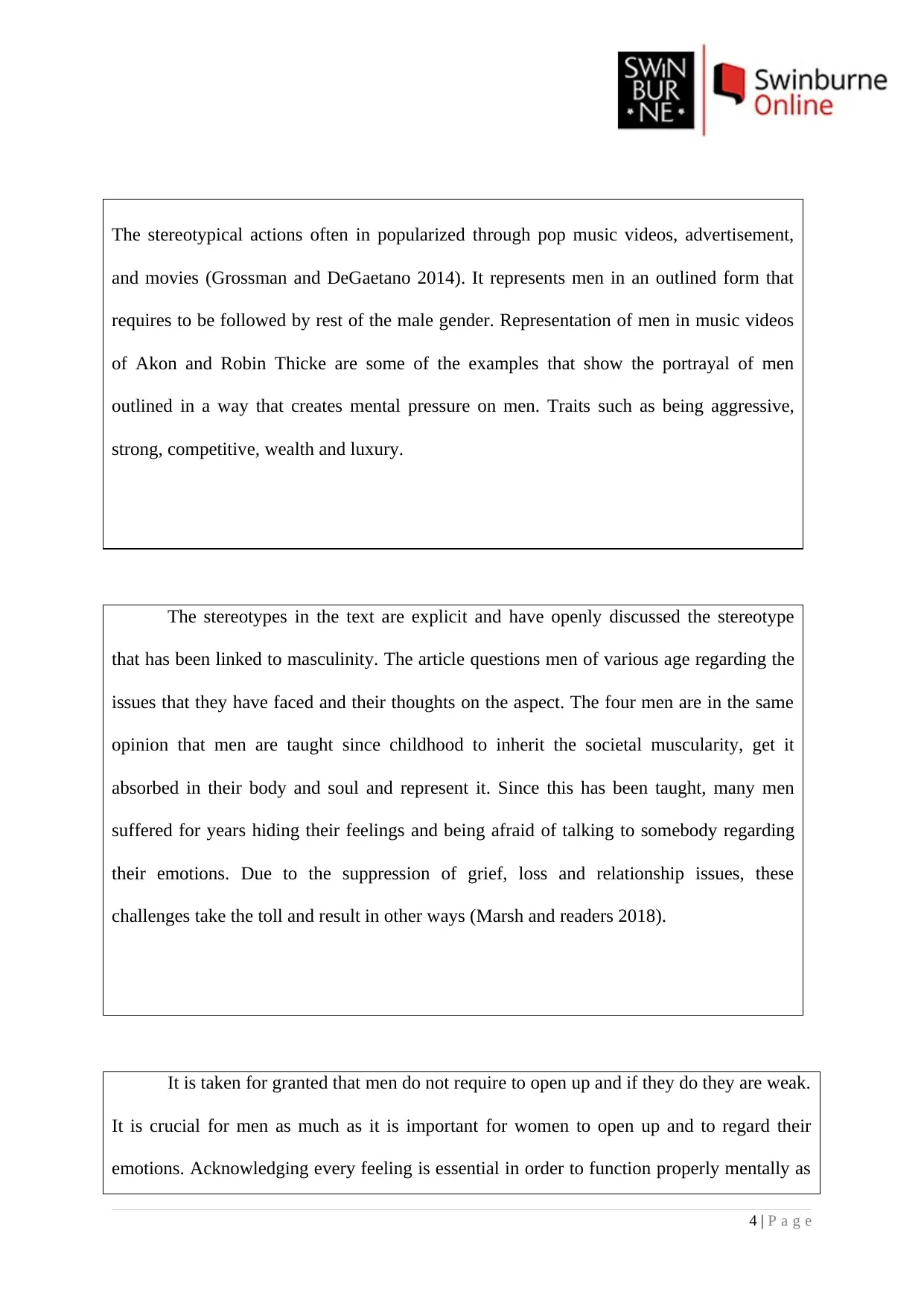
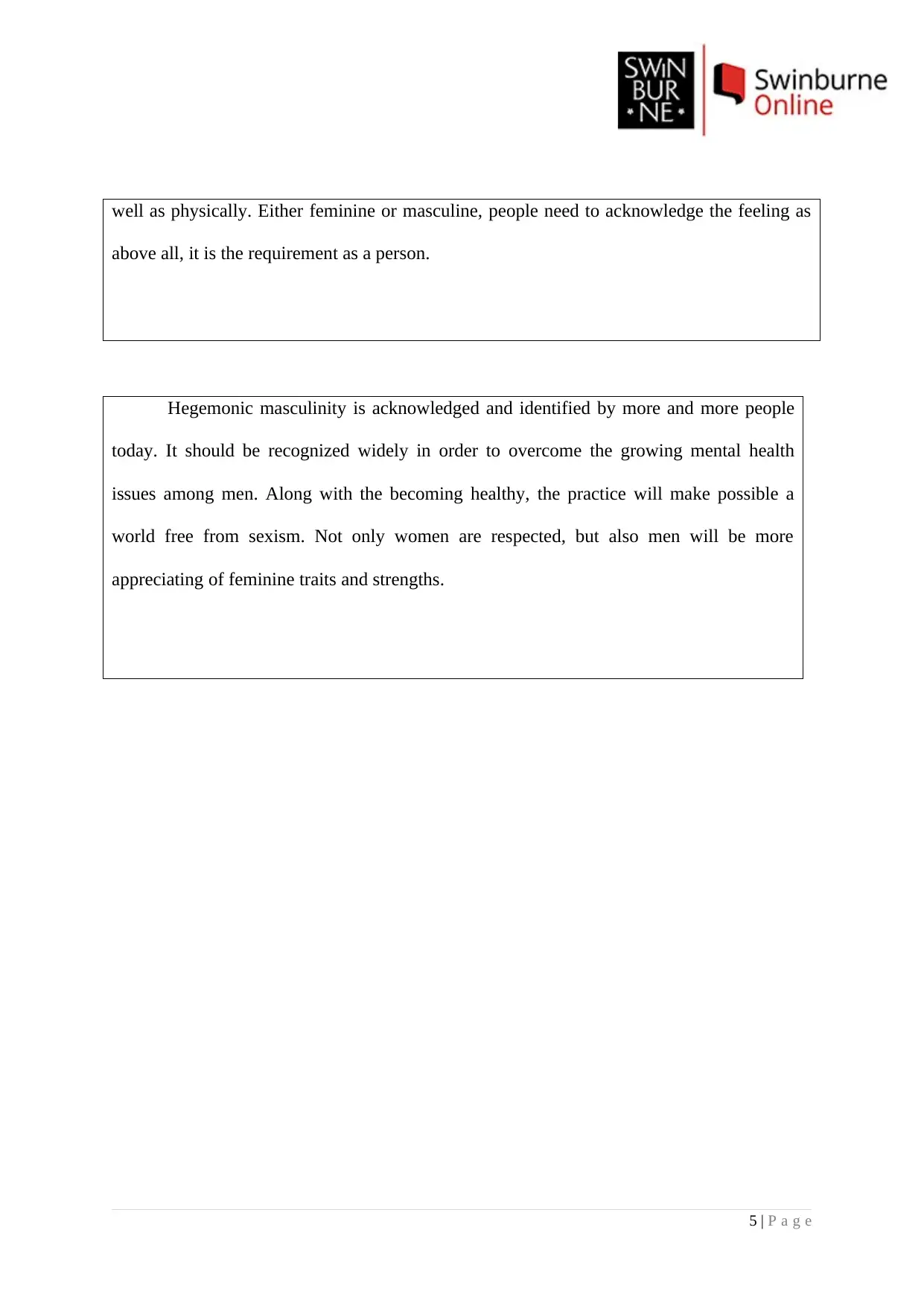
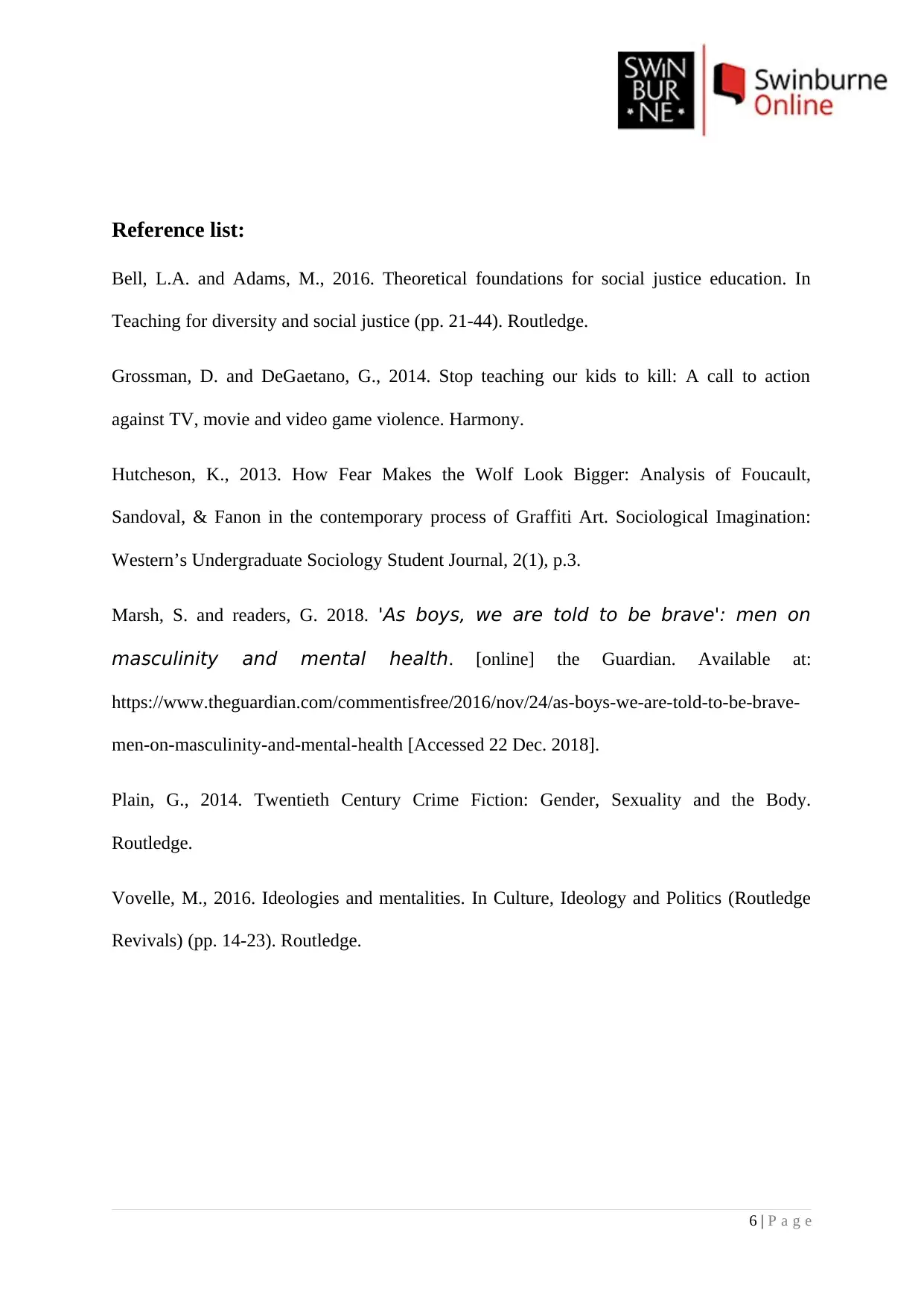

![[object Object]](/_next/static/media/star-bottom.7253800d.svg)